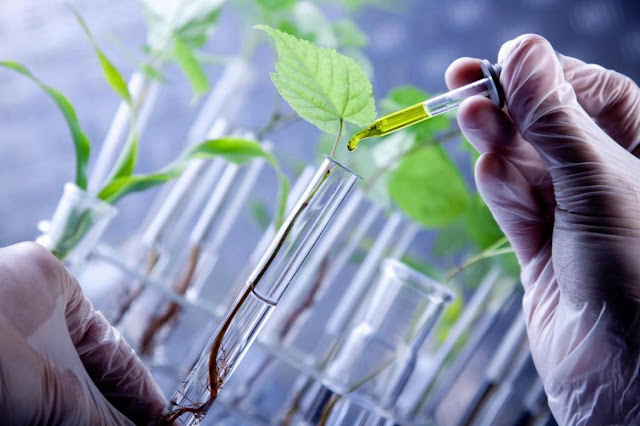Single Cell Analysis Can Also Help Develop New Drugs And Learn More About The Effects Of Drugs On Individual Cells
 |
| Single Cell Analysis |
The term Single Cell Analysis refers to the study of individual cells in a living organism. It originated in the 1970s. Today, scientists use it in a wide variety of applications. Single cell analysis provides new insights into cell biology. It allows researchers to examine the behavior and development of single cells in a variety of diseases. It's also an important tool for analyzing the genetic code of organisms. The concept behind single cell analysis is as complex as it is fascinating.
Using single cell mRNA sequencing to study individual cells can reveal the cellular make-up of individual tissues. These single-cell analyses can identify rare cell populations. With this data, scientists can understand the genetic programs that control development and response to disease and drugs. This can help researchers develop new treatments and therapies. It also helps them understand the molecular basis of disease. By using Single Cell Analysis researchers can understand how individual cells interact with their environment.
When it comes to analyzing single cells, researchers have the advantage of having complete information on each individual cell. As cells are composed of many different types, single-cell analysis can provide information about each individual cell. Using this method, researchers can learn the precise functions of the different types of cells. Single Cell Analysis can also help develop new drugs and learn more about the effects of drugs on individual cells. It's important to note that the number of cells can vary significantly, so the analysis of these cells is important for understanding diseases and drug development.
The use of SERS has advanced considerably beyond the omics perspective. It has been used to study cancer cells, drug metabolism, and other biomarkers. To perform this analysis, SERS requires the use of metallic nanosubstrates. The presence of these materials acts as an antenna to detect molecules. This is an essential component for the Single Cells Analysis . During the course of SCA, analyte concentrations as low as 10 to 20 mol can be detected. In November 2021, Novogene announced the plans to launch its single cell sequencing services specifically for its customers in Japan.



Comments
Post a Comment